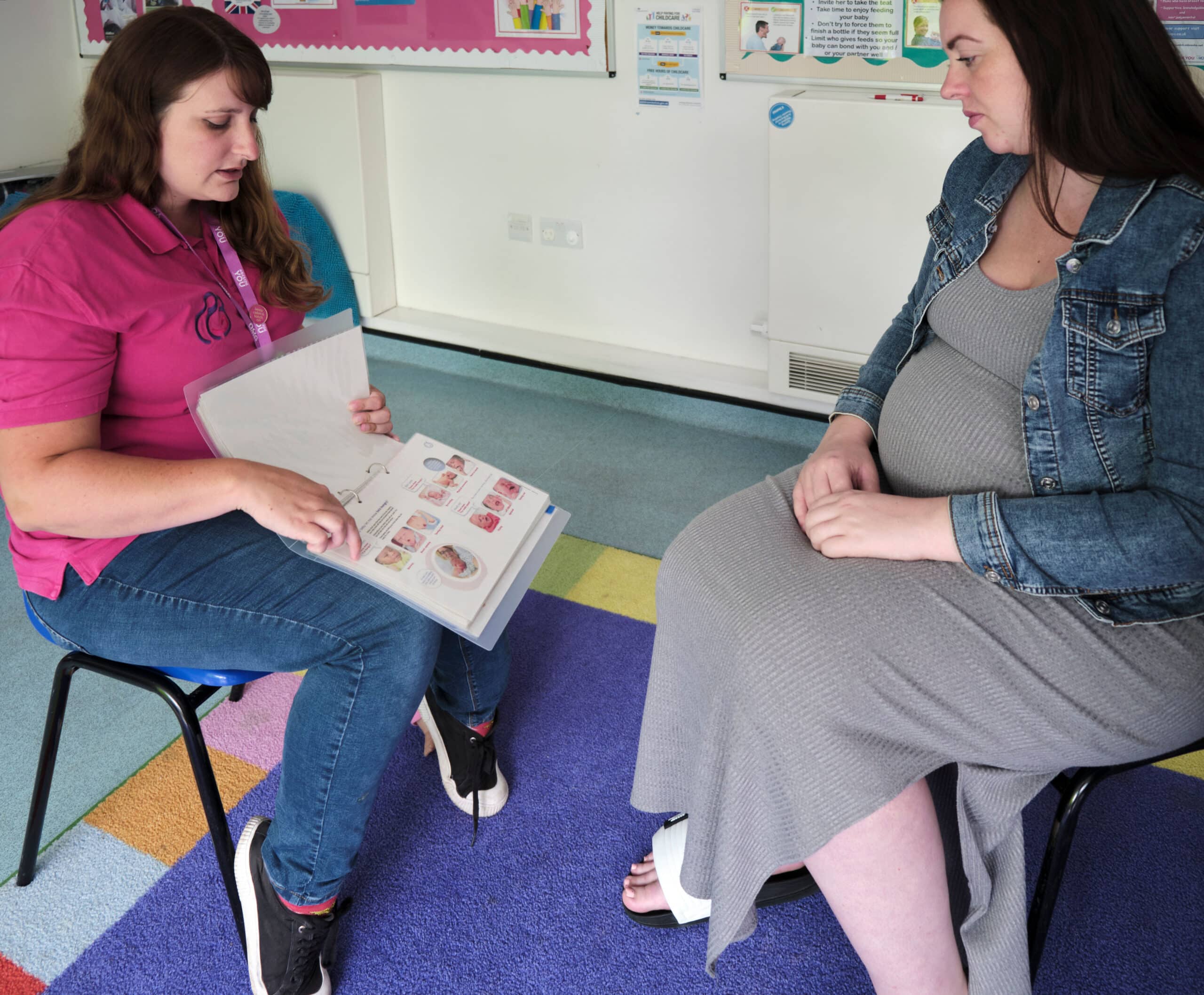Understanding Baby’s Hunger
If you’re bottle feeding with expressed breastmilk or infant formula, feed your baby whenever they show signs that they are hungry. Your baby has their own manual and you and your partner will start to learn all about them. This includes understanding their ques to help you know what they need.
You will start to recognise when your baby is hungry and also when they’re full. If you can spot these early signs before your baby starts crying or is unsettled, your baby will feed much easier as they will be calm – and you too. If your baby is upset, try soothing them before your start feeding. A cuddle and some skin-to-skin contact can really help.


